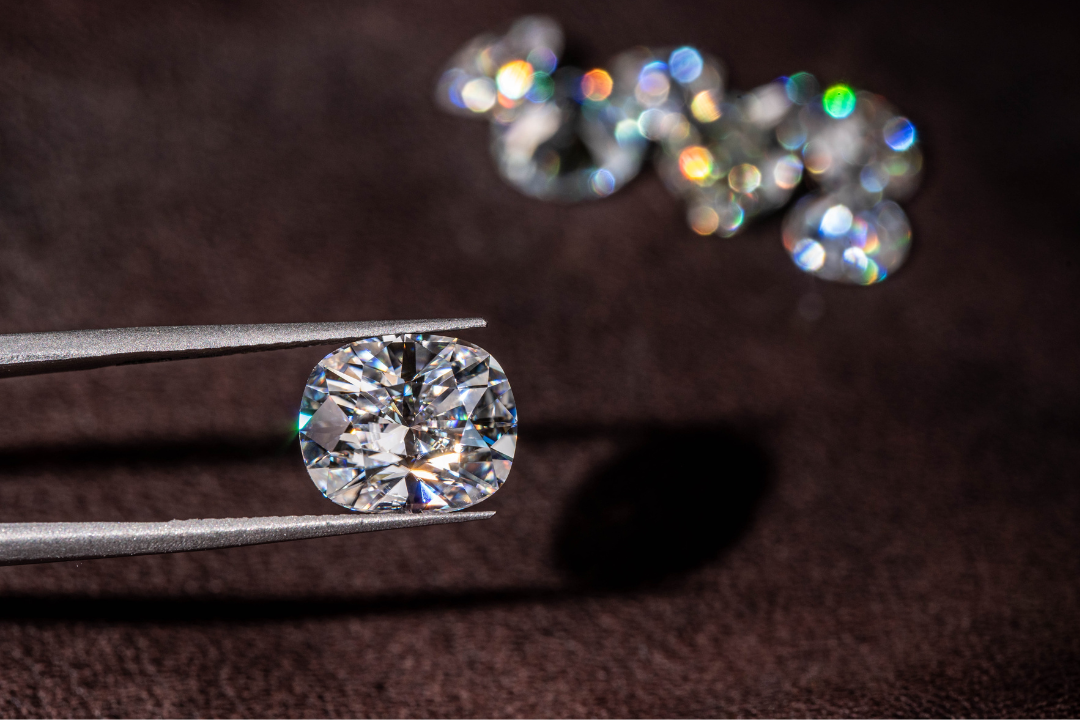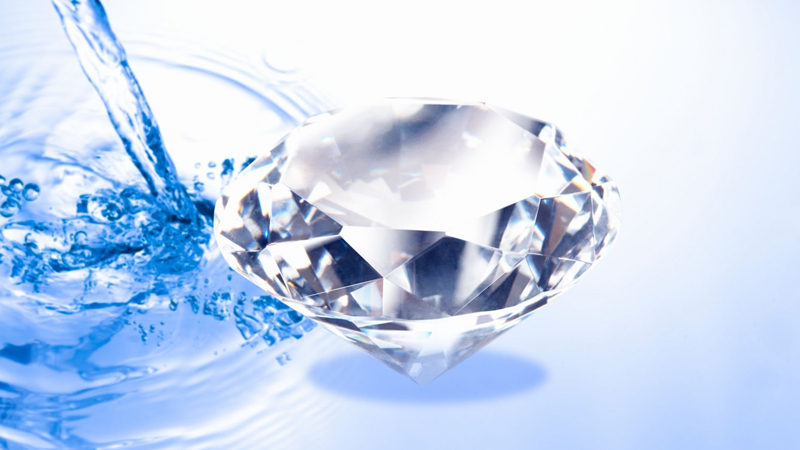Platinum is one of the most valuable and sought-after metals in the world, prized for its durability, rarity, and luxurious appeal. Among the different grades of platinum, Platinum 950 is particularly popular in the world of fine jewelry, industrial applications, and even in some medical devices. Let’s dive into what Platinum 950 is, why it’s valued, and its uses.
What is Platinum 950?
Platinum 950 refers to platinum that is 95% pure, with the remaining 5% typically made up of other metals such as iridium, ruthenium, or cobalt. The number “950” indicates that 950 parts out of 1,000 are pure platinum, making it a high-grade metal suitable for applications where strength, appearance, and long-lasting quality are crucial.
The remaining 5% of the metal is typically alloyed with other elements to enhance certain properties, like durability or workability. These elements are carefully selected to maintain the inherent qualities of platinum while improving its physical properties for specific uses.
Why is Platinum 950 Valuable?
Platinum is a rare metal, much rarer than gold, which makes Platinum 950 highly valuable. It’s dense, heavy, and resistant to corrosion, tarnish, and wear, which ensures that it maintains its aesthetic appeal over time.
The rarity of platinum, combined with its remarkable durability, makes it a prized choice for luxury items, including jewelry. Additionally, platinum’s non-reactive nature means it is hypoallergenic, making it ideal for people with sensitive skin.
The high purity level of Platinum 950 also lends itself to maintaining its appearance for many years. Unlike lower grades of platinum, which may develop a more worn or tarnished appearance over time, Platinum 950 keeps its sheen and visual appeal, making it a top choice for engagement rings, wedding bands, and other fine jewelry.
Key Properties of Platinum 950
- Purity and Quality: Platinum 950 is 95% pure platinum, ensuring a high level of durability and aesthetic beauty. It is often favored in high-end jewelry for its lasting value and shine.
- Corrosion and Tarnish Resistance: Platinum is one of the most corrosion-resistant metals, making it ideal for both daily wear and extreme environments, including industrial applications.
- Hypoallergenic: Because of its purity and non-reactive properties, Platinum 950 is hypoallergenic, which is particularly appealing for people with sensitive skin.
- Malleability: Platinum is a highly malleable metal, allowing it to be molded into intricate designs, which is particularly important in jewelry craftsmanship.
- Density: Platinum is denser than many other metals, giving it a luxurious weight and feel, particularly when used in fine jewelry.
Common Uses of Platinum 950
- Jewelry: Platinum 950 is commonly used in engagement rings, wedding bands, necklaces, lab diamonds, and earrings due to its durability, beauty, and ability to hold gemstones securely. Its hypoallergenic properties are particularly appealing for those with sensitive skin, as platinum jewelry will not cause irritation.
- Automotive and Industrial Applications: Platinum, including Platinum 950, is used in catalytic converters, which reduce harmful emissions in vehicles. Its high resistance to heat and chemical reactions makes it ideal for this use.
- Medical and Dental Applications: Due to its biocompatibility, Platinum 950 is also used in medical devices and dental equipment. It is non-reactive and resistant to wear, making it suitable for implants and surgical instruments.
- Electronics: Platinum’s excellent conductivity and resistance to corrosion make it valuable for use in various electronic components, such as thermocouples and hard drives.
Platinum 950 vs Other Platinum Grades
There are different grades of platinum, each suited to different purposes:
- Platinum 900: This grade contains 90% pure platinum, with the remaining 10% typically made up of other metals like copper or cobalt. While still durable, Platinum 900 is less pure than Platinum 950 and may be used in more budget-friendly jewelry pieces.
- Platinum 950: As mentioned, Platinum 950 contains 95% pure platinum, offering a higher quality and better resistance to wear. This grade is often used in luxury jewelry and industrial applications that demand superior quality.
- Platinum 999: This is 99.9% pure platinum, the highest purity available. While it is more precious and even more resistant to tarnishing, it’s generally softer and more susceptible to scratches, so it’s less commonly used in jewelry that undergoes heavy wear.
Caring for Platinum 950
While Platinum 950 is an incredibly durable and low-maintenance metal, it does require some care to maintain its pristine appearance over time:
- Cleaning: Use a soft cloth and a gentle jewelry cleaner to maintain the shine of your platinum pieces. Avoid abrasive cleaners that could scratch the surface.
- Avoid Chemical Exposure: Although platinum is resistant to corrosion, it’s a good idea to avoid exposing platinum jewelry to harsh chemicals, like chlorine or bleach, which can cause damage.
- Polishing: While platinum is highly resistant to tarnishing, it can develop a patina over time. This patina is a sign of the metal’s character and is often cherished for the unique look it gives. If you prefer the original shiny appearance, polishing can help restore its luster.
Conclusion
Platinum 950 stands out as a premium metal due to its high purity, strength, and durability. Whether it’s used in luxury jewelry, high-performance industrial applications, or advanced medical equipment, its combination of rare beauty and resilience makes it an enduring choice across industries. For those looking for long-lasting value in jewelry or other products, Platinum 950 is a top-tier option that ensures both elegance and functionality.




